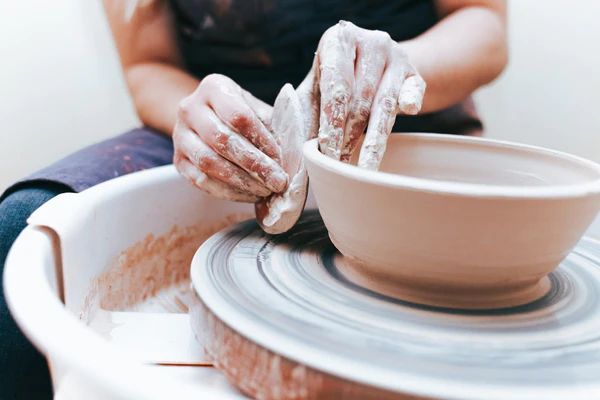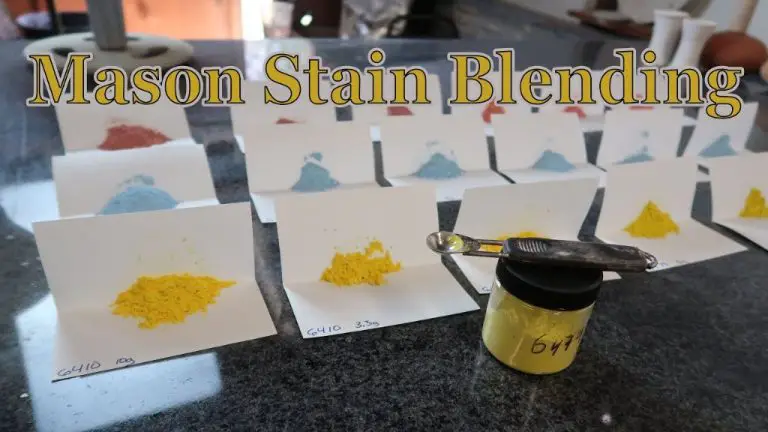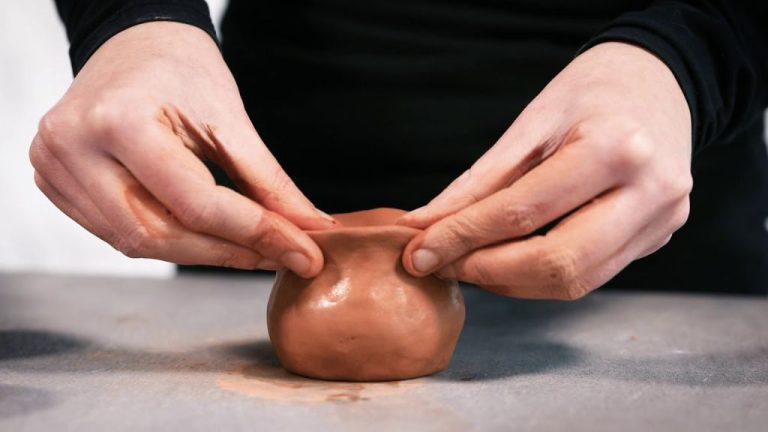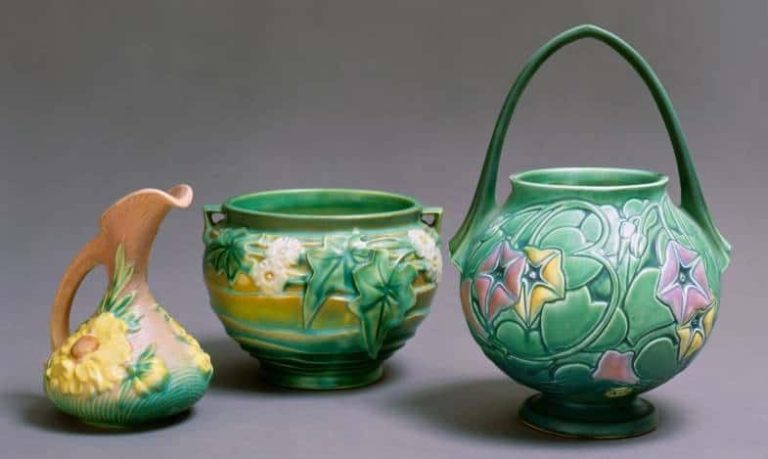How Is Activated Clay Made?
Activated clay is a type of clay that has been treated with acid to increase its adsorptive properties. The activation process creates a porous structure and increased surface area, allowing the clay to bind to chemical compounds and adsorb substances more effectively.
To create activated clay, raw clay is first mined from deposits and then put through a series of mechanical and chemical treatments. The main steps include crushing, drying, grinding, mixing with an activator chemical, heating at high temperatures, cooling, and packaging.
Once activated, the clay has a variety of industrial and environmental applications. It is commonly used as a decolorizing agent, adsorbent, and catalyst in processes involving oil, gas, water and wastewater treatment. Activated clay can also be used as a component in the manufacturing of cement and concrete.
Raw Materials
The two main raw materials used to make activated clay are bentonite clay and sodium carbonate. Bentonite is a type of clay formed from weathered volcanic ash. It is mined from natural deposits around the world. Bentonite clay has a unique ability to swell and absorb large amounts of water. It also has a high cation exchange capacity, meaning it can adsorb positively charged ions (cations).
Sodium carbonate, also known as soda ash, is added to the bentonite to activate it. Sodium carbonate is obtained from natural deposits or manufactured from salt brines or limestone. When added to bentonite, the sodium carbonate ions exchange with the naturally occurring cations in the clay. This ion exchange increases the clay’s surface area and porosity, creating its activated state.
Crushing
This step involves breaking down the raw clay chunks into small, uniform-sized pieces. Larger lumps of clay can be difficult to process evenly later on, so crushing is an important intermediary step.
The crushing is typically done using heavy rollers or hammer mills to smash the clay. The rollers repeatedly roll over the clay to grind down large particles. Hammer mills contain swinging hammers that pulverize the clay as it passes through. The clay chunks are crushed until all particles are reduced to a consistent, tiny size.
The uniform crushing allows for even mixing and reactions later in the process. It also enables the clay to be dried and activated properly. With large particles, the inner clay would remain moist and unexposed. Small, consistent pieces ensure each bit of clay will undergo the full process.
Once crushed, the clay moves on to drying and further size reduction before activation. Crushing sets the stage for the rest of the process by breaking down the raw clay into ideal sized particles.
Drying
After crushing, the next step in activated clay production is drying. This is a critical step because clay in its natural state contains large amounts of moisture. To produce high quality activated clay, most of this moisture must be removed.
There are a few different methods used for drying clay. The most common is to dry the crushed clay in large industrial dryers. The crushed clay is fed into a rotating cylindrical drum that is heated to temperatures between 100-150°C. As the clay tumbles through the dryer, the moisture content is reduced to less than 5%.
Another method is to dry the clay in an open area under the sun. The crushed clay is spread out in a layer and repeatedly turned over to promote even drying. This is an economical option but requires favorable sunny and dry weather conditions. Additionally, it takes much longer to reduce moisture levels compared to industrial dryers.
In both drying methods, the goal is to remove moisture in a controlled way without overheating the clay. Too much heat at this stage can pre-activate the clay before the final calcination step. Careful monitoring and controlling of temperatures ensures the crushed clay is dried properly for the next stages of activated clay production.
Grinding
After drying, the clay is ground into a fine powder in a grinding mill. This milling process pulverizes the clay using metal balls or rods that smash and grind the material into a very fine particle size. Milling the clay into a powder increases its surface area dramatically, allowing it to absorb contaminants more effectively when activated.
Ball mills are commonly used for the grinding step. The clay powder is loaded into a rotating drum filled with metal balls. As the drum rotates, the balls smash into the powder and grind it down by impact and friction. The powder becomes finer and finer as it circulates through the ball mill. Hammer mills and rod mills may also be utilized. The milling continues until the clay particles are reduced to the desired particle size distribution, often reaching sizes under 100 microns.
The milling process is a key step in activating the clay’s adsorptive properties. By grinding the clay into a microfine powder, its surface area expands exponentially, allowing it to attract and capture contaminants much more efficiently. Proper grinding transforms clay into a highly porous activated product.
Mixing
Once the clay has been dried and ground into a fine powder, it is ready to be mixed with the activator. This is a critical step in activating the clay. The activator, typically an acid like sulfuric acid, serves to increase the clay’s absorption and ion exchange capabilities.
The mixing process blends the ground clay powder and activator together into a homogeneous mixture. This is often done using an industrial mixer or blender to ensure even distribution of the activator throughout the clay material. Proper mixing allows the activator to fully interact with the clay particles and activate the binding sites.
It is important to use the right proportion of activator during the mixing stage, which is determined by the specific type of clay being used. Too much activator can damage the clay structure, while too little will not sufficiently activate the adsorptive properties. The activator percentage generally ranges from 5-15% by weight.
The result of the mixing process is an activated clay blend that is then ready for the next production steps. Even blending with the activator is critical for producing a high quality activated clay product.
Heating/Calcining
The clay mixture undergoes heating or calcination at very high temperatures, typically between 500-2000°F. This is one of the most important steps in activating the clay.
At these high temperatures, the clay minerals undergo transformations in their crystal structure. This opens up the pore spaces and increases the surface area of the clay dramatically.
In addition, heating drives off any remaining moisture or volatile organic compounds. It destroys any bacteria or organic matter.
The result is a lightweight, highly porous material with an incredibly high surface area and ability to adsorb toxins and impurities. This activated clay is now ready for cooling and packaging.
Cooling
After heating, the activated clay must be cooled before it can be packaged or used. The cooling process is important for allowing the clay particles to stabilize in their activated form.
The clay is cooled slowly, over the course of several hours, to bring the temperature back down to room temperature. Forced air cooling or water cooling may be used to accelerate the cooling process. However, care must be taken not to cool the clay too quickly, as this can cause damage to the activated clay structure.
As the clay cools, the pores that opened up during heating begin to stabilize. The clay platelets pack closely together again, trapping the pores between them. It is important that the clay cools fully to room temperature so the pores remain open and accessible.
Once cooled, the activated clay will be ready for grinding, screening, and packaging. The clay retains its activated properties indefinitely as long as it is kept dry. The cooling process completes the activation of the clay so it is ready for various adsorption and filtration applications.
Packaging
After the activated clay has cooled, it is ready for packaging and storage. There are two main methods used for packaging activated clay:
Bag Storage
Activated clay is commonly packaged in bags made of materials like plastic or paper. The bags come in various sizes like small bags, big bags, and super sacks. Small bags may contain 1-25 lbs of activated clay, while big bags and super sacks can hold 500-2000 lbs. The bags are filled with activated clay powder and then sealed. Using bags allows for efficient storage and transportation of activated clay in smaller batches.
Bulk Storage
For large scale operations, activated clay is often stored in bulk containers or silos. These large containers may hold hundreds of tons of activated clay powder. Bulk storage methods are ideal when activated clay needs to be stored and transported in very large quantities. The containers can be made of materials like concrete, metal, or plastics. Bulk storage and transportation improves efficiency when dealing with high activated clay volumes.
Applications of Activated Clay
Activated clay has many important industrial applications due to its unique adsorptive properties. The porous structure of activated clay gives it an incredibly high surface area, allowing it to effectively adsorb a wide variety of substances.
Some of the top applications of activated clay include:
Filtration
Activated clay is commonly used to filter contaminants and impurities from liquids and gases. For example, it can filter heavy metals, organic compounds, and other pollutants from wastewater. It is also used to filter odors, pigments, and other impurities from refined vegetable oils.
Adsorption
The adsorptive properties of activated clay make it useful for removing contaminants from air and gas streams. It is used to adsorb volatile organic compounds (VOCs) from industrial emissions before they are released into the atmosphere. Activated clay also has applications in adsorbing odor-causing compounds.
Catalyst Support
The porous structure and surface area of activated clay allows catalytic materials to be deposited on its surface. It can then act as a support material for industrial catalysts used in chemical manufacturing and petroleum refining processes.
Pet Litter
Due to its excellent absorbent properties, activated clay is a primary component in clumping cat litter products. The clay absorbs moisture and forms clumps for easy cleaning.
Oil and Grease Absorption
Activated clay can absorb oil, grease, and other hydrocarbons. This makes it useful for cleaning up oil spills and removing grease from wastewater.





